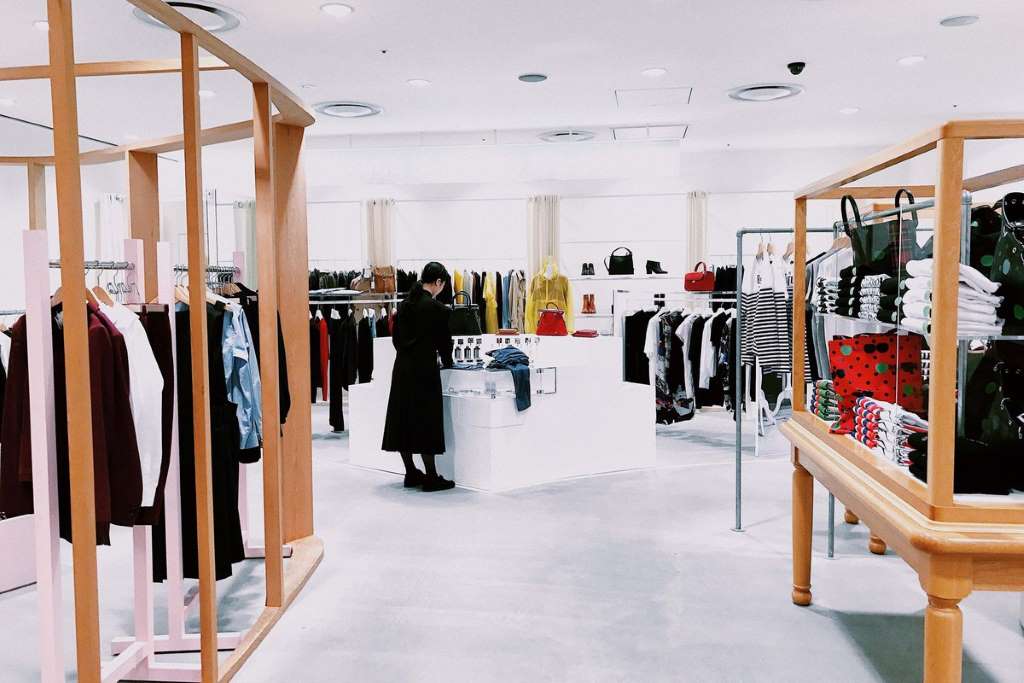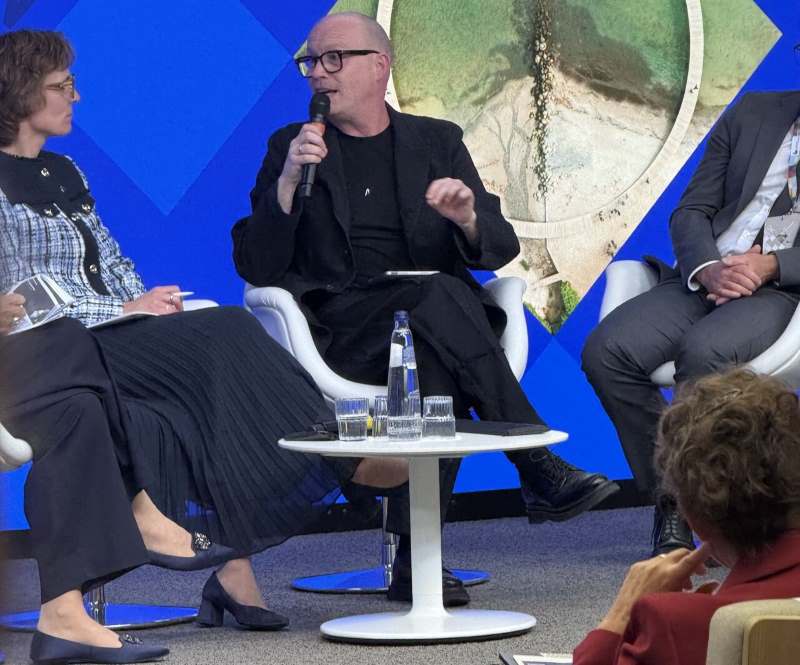
Despite the massive growth of e-commerce, a new report by Cushman & Wakefield (C&W), a global real estate services firm, paints a surprising picture of Europe's luxury retail sector – one brimming with resilience and growth. Their first-ever ‘European Luxury Retail Report’ delves into key trends shaping the landscape.
New stores galore
A key takeaway is the significant number of new store openings. In 2023, there were 107 new boutiques across 20 key luxury streets in 16 European cities. This surge reflects a 70 per cent increase compared to pre-pandemic levels, according to the report. This translates to a strong showing, particularly considering the limited vacancies in these prime locations. Seven of these streets boasted zero vacancies, while 16 had vacancy rates below 5 per cent.
Interestingly, the report also indicates a trend towards larger stores. Luxury brands are seeking expansive spaces on prominent avenues. This is likely a strategic move to elevate the customer experience and showcase a wider range of products.
France, Italy, and UK top draws
Geographically, the report finds no surprises. The bastions of European luxury - France, Italy, and the UK - continue to dominate the scene. Over 40 per cent of the new store openings in 2023 were concentrated in these three countries. Cities like Paris, Milan, and London remain magnets for high-end brands and affluent shoppers. Classic destinations like Paris' Avenue Montaigne and London's Bond Street continue to be magnets for high-end retailers and affluent shoppers.
Surprising strength, contradicting e-commerce boom
C&W's findings challenge the notion that physical stores are withering under the pressure of online retail. “The continuing attractiveness of well-established luxury retail locations...” says the report, “highlights the ongoing importance of physical stores.” However, experts point to several reasons for this resilience.
Experience over transaction: Luxury retail is as much about the experience as the product. Flagship stores offer personalized service, exclusive product lines, and brand immersion that e-commerce can't fully replicate.
Tourist return boosts demand: The report credits the return of tourists, particularly from high-spending regions like China and the Middle East, for driving demand in key European luxury destinations.
So, what does the future hold for luxury stores? The report suggests a move towards experiential retail. Physical stores are no longer just about transactions; they're about creating a memorable brand experience that fosters customer loyalty. This might include hosting exclusive events, offering personalized services, or integrating cutting-edge technology to enhance the shopping experience. “Luxury retail is all about human connection,” says Sally Bruer, Head of European Retail Research at Cushman & Wakefield. “While e-commerce offers convenience, physical stores provide a platform for brands to truly engage with their customers and create a lasting impression.”
For example, consider the recent opening of a sprawling Dior flagship on Paris' Avenue Montaigne. The store boasts an art gallery, a cafe, and personalization services, all designed to create a memorable and luxurious shopping experience that can't be replicated online.
Cushman & Wakefield's report upends the narrative of a dying physical luxury retail sector. Instead, it reveals a market that is adapting and thriving. While e-commerce remains a major force, physical stores are not going away. They are evolving into experience-driven destinations, offering a unique value proposition that complements the online shopping experience.












